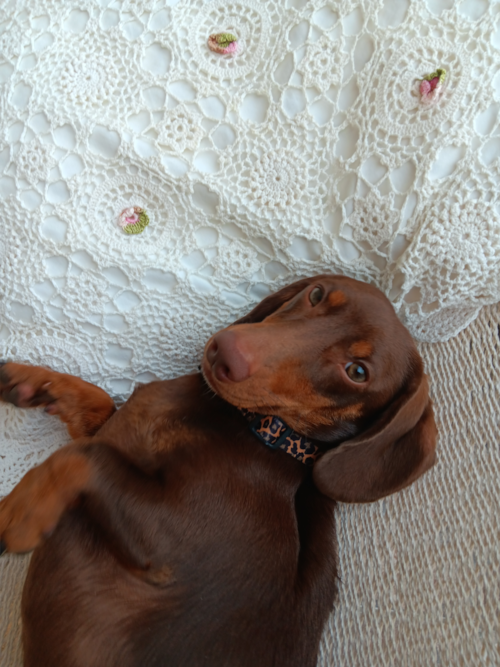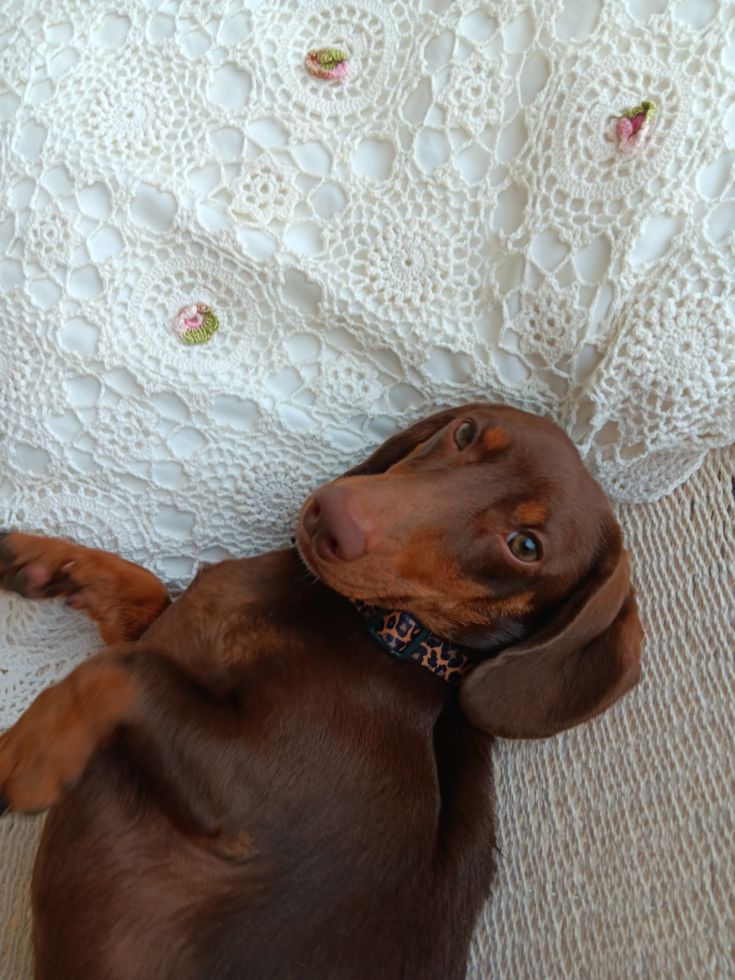Dachshund Breed Info
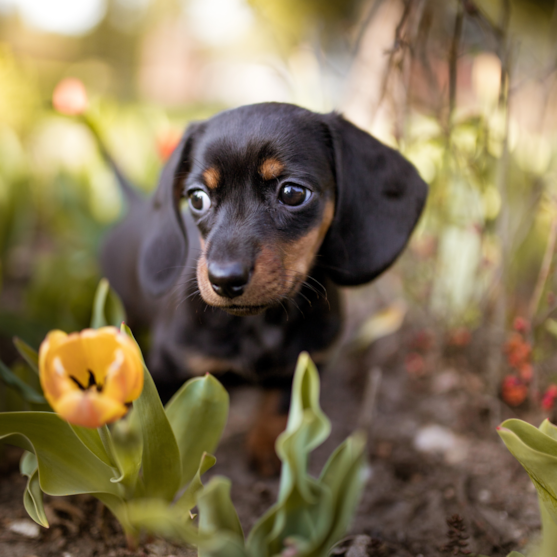
Enter the enchanting world of the Dachshund, a small breed with a big heart and a fascinating history. Originally bred for their prowess in hunting small game, Dachshunds have evolved into versatile and cherished pets, known for their loyalty, courage, and curiosity. Their elongated bodies and short legs may give them a comical appearance, but beneath the surface lies an intelligent, affectionate, and adaptable dog that's eager to please.
The dachshund's energetic and playful nature is a defining characteristic of the breed. These dogs are always up for a game or a fun adventure, making them excellent companions for individuals and families alike. However, their energy levels can vary, with some dachshunds being more laid-back and others exhibiting a higher degree of enthusiasm. Regular exercise and mental stimulation are essential to keep your dachshund happy and healthy.
Characteristics
- Dachshunds are remarkably brave, often displaying a level of fearlessness that is unexpected given their small stature.
- These dogs are deeply committed to their owners, offering unwavering support and companionship.
- Dachshunds are known for their lively and spirited personalities, bringing joy and entertainment to their families.
- Their intelligence is notable, although it can sometimes lead to challenges in training if not properly managed.
- Dachshunds have a resolute nature, often requiring a consistent and patient approach during training.
- This breed is well-known for its affectionate and loving disposition, creating strong emotional connections with its family.
- Dachshunds have a keen sense of their surroundings and make excellent guardians, always ready to alert their owners to any unusual activity.
- They are capable of adapting to various living conditions, making them a suitable choice for many different types of households.
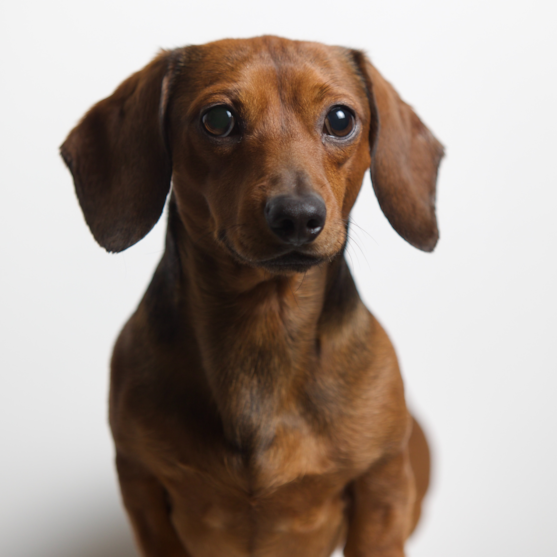
Appearance
When you see a dachshund, you'll quickly notice its long body and short, strong legs. This interesting shape comes from the breed's history as brave hunters, skilled at chasing animals through tight underground tunnels. The dachshund's strong muscles and tough backbone help them move quickly and easily in these small spaces.
Dachshunds are available in two main sizes: standard and miniature. Standard dachshunds usually weigh between 16 and 32 pounds, while smaller miniature dachshunds weigh up to 11 pounds. Both sizes share the famous long body and short legs that make the breed stand out.
Dachshunds also have different types of fur: smooth, wirehaired, and longhaired. Smooth fur is short and shiny, wirehaired fur is thick and rough with extra hair on the face, and longhaired fur is beautiful, soft, and a little wavy.
This breed also comes in many colors and patterns. You can find dachshunds with solid colors like red and cream or two colors, like black, brown, gray, or light brown mixed with tan or cream markings. Other special patterns, like dapple, brindle, and piebald, make dachshunds even more unique.
Lastly, the dachshund's sweet face, with big, loving eyes and floppy ears, adds to the breed's charm. All these special features come together to make the dachshund a one-of-a-kind and much-loved dog breed around the world.
Photos
Temperament
Dachshunds are known for their unique body shape and spirited personalities. Their temperament is a fascinating mix of intelligence, playfulness, loyalty, and stubbornness, making them a one-of-a-kind breed that dog lovers find hard to resist
Dachshunds are intelligent and curious dogs, always eager to explore their surroundings and learn new things. Their innate intelligence and strong problem-solving abilities were essential when they were initially bred for hunting. Today, these traits make them quick learners and engaging pets that can thrive in various activities, such as obedience training, agility, and earthdog trials.
Dachshunds are known for their strong attachment to their owners and families. They form deep bonds and are fiercely loyal, offering unwavering companionship and affection. As a result, they can be protective of their loved ones and may exhibit signs of wariness around strangers or unfamiliar dogs. Early socialization is crucial to help your dachshund develop a well-rounded temperament and feel comfortable in various situations.
The same tenacity that made dachshunds skilled hunters can also make them stubborn and independent-minded. They are known to have a strong will and may sometimes exhibit selective hearing or resistance to following commands. Positive reinforcement training, patience, and consistency are vital when training a dachshund to ensure they learn to respect and follow your guidance.
Care
Grooming
Dachshunds come in all shapes and sizes, coat types, and colors. Creating a grooming schedule is essential for the breed and should be done considering their coat type.
Smooth-coated Dachshunds require minimal grooming, with a weekly brushing session using a soft-bristle brush or grooming mitt to remove loose hair and distribute natural oils.
For wirehaired Dachshunds, it's essential to brush their coat at least twice a week using a slicker brush or comb to prevent matting. Hand-stripping or professional grooming is necessary every few months to remove dead hair.
Longhaired Dachshunds need daily brushing with a pin brush or comb to prevent tangles and mats. Regular trimming of the coat, especially around the ears, feet, and tail, is also necessary for proper hygiene.
Regardless of coat type, all Dachshunds should have their ears cleaned, nails trimmed, and teeth brushed regularly to maintain optimal health.
Understanding and addressing the unique grooming needs of your Dachshund based on its coat type is vital for the health and well-being of your beloved pet. Regular grooming not only keeps your Dachshund looking great but also helps prevent potential health issues.
Exercise Needs
Though Dachshunds are a hunting breed with a lively temperament, it's important to remember that they also enjoy variety in their exercise routine. By combining different activities, you can ensure your Dachshund stays engaged and entertained.
Instead of relying solely on daily walks, try introducing your Dachshund to new environments such as dog parks or hiking trails. These settings encourage exploration and interaction with other dogs, while also providing mental stimulation.
For a more unconventional approach, consider enrolling your Dachshund in a dog sport like agility or nose work. These activities challenge your dog's physical and mental abilities while allowing them to expend energy in a controlled and structured manner.
When outdoor activities aren't possible, create an indoor exercise space for your Dachshund with toys and obstacles that encourage them to move and think. For instance, set up a mini agility course or create a scent-based treasure hunt for treats hidden throughout the room.
Always keep in mind that Dachshunds have unique anatomical features that can make them prone to injuries. Choose low-impact exercises and monitor your dog for any signs of discomfort or strain during activities.
Health
Dachshunds, while a delightful and charming breed, can have some minor health issues that are common in msot small dog breeds. These can be skin or food allergies, vision problems during old age, ear infections, and dental issues.
Lifespan
Dachshunds have a remarkable history of exceeding their life expectancy, with some living well beyond their expected lifespan. Throughout history, they have been known for their resilience and longevity, often living to the ripe old age of 15-20 years.
In fact, some Dachshunds have even made it into the record books for their exceptional lifespan. For example, a Dachshund named Chanel lived to be 21 years and 114 days, making her the oldest recorded Dachshund in history. These impressive life expectancies demonstrate the resilience and hardiness of the breed.
While genetics play a role in their lifespan, proper care and attention are essential to ensuring their health and well-being. Regular veterinary check-ups, a healthy diet, and plenty of exercise are crucial for keeping your Dachshund healthy and happy.
Training
Dachshunds are highly intelligent dogs that require a lot of social interaction and companionship to thrive. They have a strong need for human companionship and can become anxious and destructive if left alone for extended periods.
This breed's high level of intelligence makes them highly trainable and responsive to positive reinforcement. They are quick learners and can be taught a wide range of tricks and behaviors.
However, it's important to note that their need for companionship can also make them prone to separation anxiety. They crave attention and affection and can become distressed when left alone. As such, it's important to socialize them from an early age and provide them with plenty of opportunities for interaction and play.
Training can also help alleviate separation anxiety and create a sense of structure and routine that can help calm them when left alone. Positive reinforcement and consistency can be especially helpful in this regard.
History
The dachshund, affectionately known as the "wiener dog" or "sausage dog," is a small dog breed with a long body and short legs. Known for their distinctive appearance, intelligence, and lively nature, dachshunds have captured the hearts of dog lovers around the world.
The dachshund breed traces its roots back to Germany, where it was initially developed in the 16th century. Bred for hunting, these dogs were specifically designed to track and flush out badgers, rabbits, and other burrowing animals from their dens. The name "dachshund" itself translates to "badger dog" in German, reflecting their original purpose.
Early dachshunds were larger than the ones we know today, with some weighing up to 40 pounds. Over time, breeders developed three different sizes: standard, miniature, and kaninchen (rabbit-sized) to cater to various hunting purposes. The breed's unique physical traits, such as its elongated body, short legs, and strong, muscular build, were specifically developed to allow them to navigate tight underground tunnels while hunting. Additionally, their keen sense of smell and bold, courageous nature made them excellent hunters.
By the late 19th century, dachshunds began to gain popularity as companion animals. As their popularity grew, breeders started focusing on the development of various coat types, resulting in the three coat variations we see today: smooth, longhaired, and wirehaired.
In the 20th century, dachshunds continued to gain recognition as show dogs and pets, with their endearing looks and affectionate personalities winning over hearts worldwide. They were even used as mascots in both World Wars, symbolizing Germany and its people.
Today, dachshunds are beloved pets in many countries, consistently ranking among the top 20 most popular dog breeds in the United States, according to the American Kennel Club. They are cherished for their loyalty, intelligence, and distinctive appearance, and they continue to participate in various dog sports and competitions, such as agility and earthdog trials.










